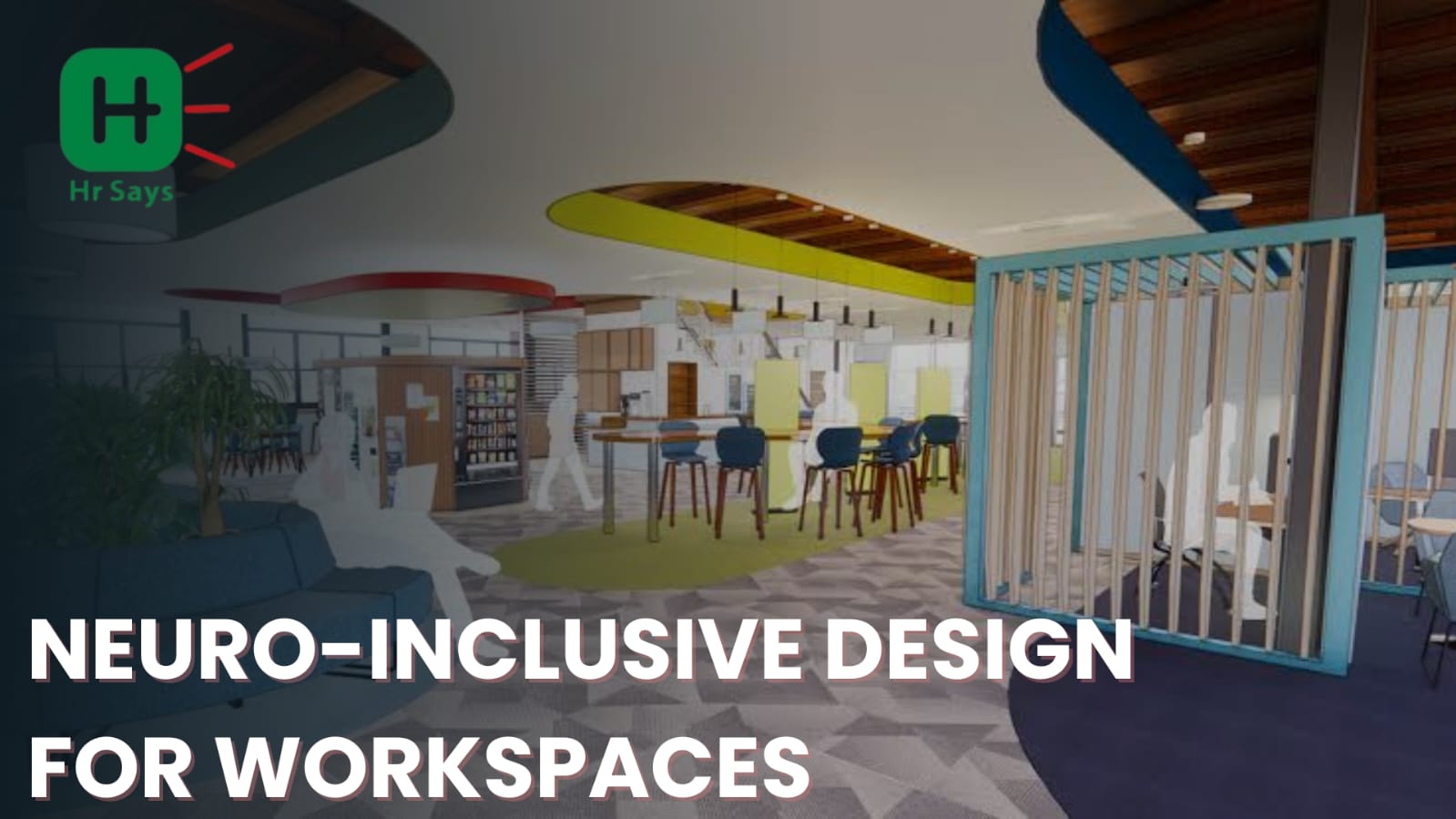What if the workplace that inspires one person exhausts another? Open floor plans, bright lights, and background noise may seem normal. But for neurodivergent employees, they can be barriers—not features.
Neuro-inclusion doesn’t ask for loud change. It asks for careful design. And respect.
Understanding the Need
The term neurodivergent includes people with:
● Autism Spectrum Disorder
● ADHD
● Dyslexia
● Sensory Processing Differences
● Anxiety-related neurological responses
They may think differently. They may feel differently. But they work, contribute, and lead—differently, not less.
Yet, workplaces were built for sameness. Standard setups, fluorescent lights, endless noise. Some adapt. Others stay silent and struggle.
Design has left many behind. That’s starting to change.
What Neuro-Inclusive Design Looks Like
It’s not about overhauling everything. It’s about giving options—and control.
Key design elements include:
● Quiet Zones: rooms or corners that are without foot traffic and are enclosed or soundproofed
● Lighting Control: Natural lighting, semi-dimmed light bulbs, or desk-mounted lightings rather than the sharp-edged overheads
● Texture and materials included: soft furnishings to avoid sensory overload
● Seating Options: Ergonomic seats alternative working desks, and seats without rush
● Wayfinding: Easy grasping of signage, color coded areas, easy navigation
The workplaces do not need to be noisy to be alive.Maybe, sometimes it is betterness to be short.
The workplaces need not be noisy to be lively. In some occasions, less is more.
Beyond the Physical Space
Design is also emotional. Culture shapes how space feels.
A neuro-inclusive workspace respects:
● Communication differences
● Flexible schedules or routines
● Break policies that allow mental resets
● Permission to use headphones, sunglasses, or stim tools
Neurodivergent employees often self-regulate quietly. Support makes that easier—not obvious.
Policies should be soft-edged. Not loud with rules, but gentle with options.
Barriers to Inclusion
There will be resistance. Some will say, “We’ve always done it this way.” Some will ask, “Why change for a few?”
But inclusion isn’t about majorities. It’s about access. Quiet comfort for one doesn’t disturb the rest.
Costs will be questioned. But stress, burnout, and quiet quitting cost more.
What’s good for one brain often helps many. Think: noise reduction, focus zones, natural light.
Conclusion
Neuro-inclusive design isn’t flashy. It doesn’t beg for praise. It just works—for more people.
Not all minds speak up. Some withdraw when they’re overwhelmed. A good workspace makes sure they don’t have to.
It’s not special treatment. It’s just good culture—finally paying attention.

 Not every brain works the same way. Yet most offices assume they do. Neuro-inclusive design offers a way to fix that—quietly, subtly, and effectively. This isn’t about special treatment. It’s about fair space for all.
Not every brain works the same way. Yet most offices assume they do. Neuro-inclusive design offers a way to fix that—quietly, subtly, and effectively. This isn’t about special treatment. It’s about fair space for all.












.jpeg)












.jpeg)